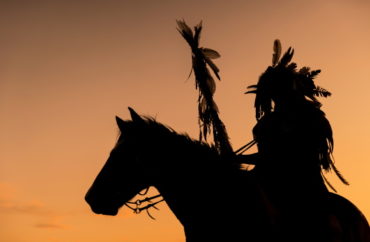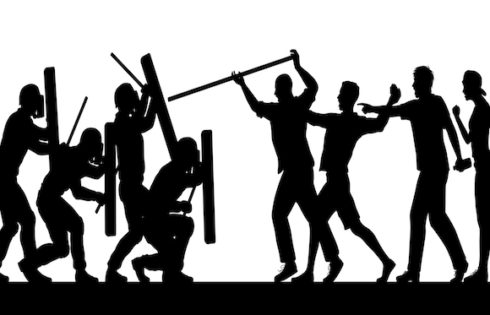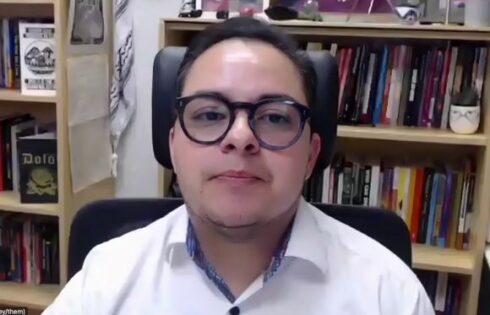
Lesson plans focus on ‘Native American perspectives on violence of Western expansion’
Students studying the California Gold Rush will be asked to consider if settlers’ actions toward Native Americans constituted “genocide” in new lesson plans developed by Smithsonian Institute scholars.
The Smithsonian Magazine recently touted the lesson plans, “The Impact of the Gold Rush on Native Americans of California,” as a “better way to teach the California Gold Rush.”
“… for almost 200 years, this series of events has been taught in American schools predominantly as a victory of humans over land, of successful mineral extraction for human profit,” the report states.
Instead, the scholars at the Smithsonian National Museum of the American Indian wrote the new materials based on “Native American perspectives on the violence of Western expansion,” according to the report.
“The inquiry into primary sources, maps and historic photographs asks students to examine the materials and answer whether American actions against California Natives during the Gold Rush meet the United Nations definition of genocide,” the report states.
In an introductory essay to the materials, California State University at Sacramento history Professor Khal Schneider wrote colonists from Europe found a “thriving” world of Indigenous people in California when they arrived.
The new settlers quickly disrupted their “world of abundance and relative peace,” and “violently undid the work of generations of Native Californians,” Schneider wrote.
“Americans took control of California by law and by violence,” he wrote. “American citizens were confident that they had the right to use physical force to secure their own rights and to take Indians’ land because of their race.”
The magazine reports more:
The lesson plan encourages students to analyze conflicting perspectives and sources from the past, and to consider how modern perspectives inform that understanding. To this end, the lesson includes a modern artwork by Harry Fonseca that provides a lens to look at the Gold Rush’s aftermath. Fonseca’s painting from the “Discovery of Gold in California” series is a dripping, mixed-media piece flecked with mica and dirt. The late Nisenan Maidu artist described it as an “explosion”: “cultures coming together, conflicting; a profusion of greed, of loss; massive change … The damage inflicted during that chaotic time was extensive. It injured the land and the living things that were there, Native Americans, and other peoples as well.”
An “About” page for the online lesson plans describes more about the purpose: “The inclusion of this content adds a long-omitted piece of American history to the traditionally taught gold rush narrative and provides an opportunity for the acknowledgement of and healing from atrocities committed against California’s Native peoples during this era.”
Irene Kearns, one of the project’s authors, told the magazine that the lesson plans involved four years of collaborative efforts with scholars, educators, and Native American leaders.
“People are ready. They were waiting for years—hundreds of years—for this to come out, and people have been overwhelmingly positive,” Kearns said.
The lesson plans were a project of the Smithsonian’s Native Knowledge 360 initiative, which provides educational materials, professional development for teachers, and other resources with “new perspectives on Native American history and cultures.”
MORE: UMinn policy would require researchers to get permission from indigenous tribes
IMAGE: TORWAISTUDIO/Shutterstock
Like The College Fix on Facebook / Follow us on Twitter






Please join the conversation about our stories on Facebook, Twitter, Instagram, Reddit, MeWe, Rumble, Gab, Minds and Gettr.